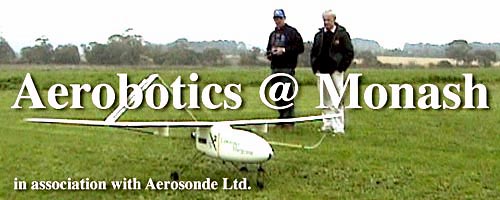

Video and GPS link to ground station for remote controlled aircraftby Terry Cornall Centre for Technology and Information Engineering, Monash University, Melbourne, Australia
Introduction
This document briefly details the equipment used in the second phase of the investigation of remote-controlled aircraft with a video and data link to the ground station that was undertaken at Monash University by members of CTIE. Investigations were carried out using a number of craft, including an electrically powered glider and a fully powered model with an internal combustion engine.
The aircraft carries two inexpensive color cameras, and the video from either, selectable by remote control, is transmitted to the ground station via an analog video link at 2.415 GHz. The range of this radio link is about 1Km, which is just about the limit for the pilot to be able to see the aircraft. A GPS receiver is carried by the aircraft, and the output of the GPS is connected to an AFSK (audio frequency-shift keying) modulator built around an Exar 2206 chip to convert the RS232 signal from the GPS into an analog signal with 1200/2200 Hz tones. This is then transmitted to the ground using the sound sub-carrier in the video link. The data rate for the transmission is 600 Baud. Despite this slow data-transfer speed, by programming the GPS receiver to send only the minimal amount of information it is possible to get one fix per two seconds. A higher Baud rate would enable a maximum of one fix per second. The ground station equipment consists of the video/audio radio receiver, a USB analog to digital video adapter and an AFSK demodulator based on an Exar 2210. These interfaces plug into a notebook computer and an analog video display monitor. Software has been written to allow access to the video data for image processing as well as display on the computer. An application has been written to show a map with the position, heading and speed information transmitted from the on-board GPS. The diagrams below show the basic details of how the equipment is interconnected. NOTE : IMAGES ARE STILL BEING PREPARED
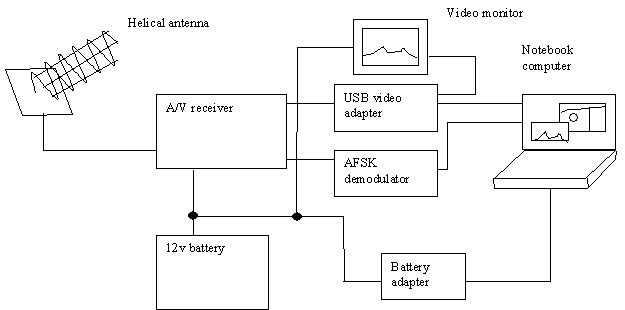 Figure 1 : Ground station equipment
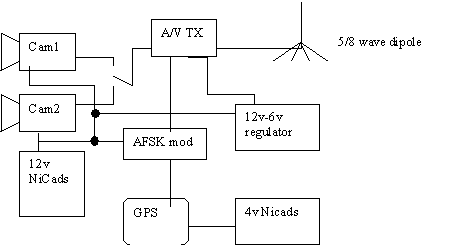 Figure 2 : Airborne equipment
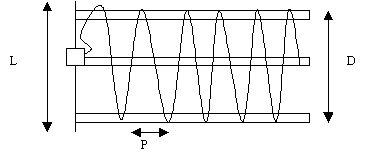
Figure 3 : Helical Antenna for ground station
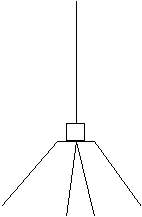
Figure 4 : Dipole with radials for aircraft
Tuning procedure for the antennae To tune the transmit antenna, we used an HP network analyser. Set the centre frequency to 2.4 GHz and the scan endpoints to 2.2 and 2.6 GHz. There should be a significant dip in the returned energy on the swr plot, and the Smith chart plot should show the antenna characteristic close to 50 Ohm resistive. Trim or lengthen the antenna to get the minimum swr at 2.415 GHz. Care must be taken with the cable and connectors used to connect the antenna to the analyser. Our first try found that the cable characteristics dominated so we had to change the co-ax connector and make a new cable. Tuning the helical is more complicated. I found that the critical adjustment that makes the antenna look like a 50 Ohm resistive load is to bend the radiating element down very close to the groundplane before starting the helix. Tests have shown the helical antenna to have a gain of 10dB and to be very directional. Unfortunately this directionality is quite a drawback because of the need to track the aircraft with the antenna. Another issue to be addressed is the null in reception when the aircraft is directly overhead when using the vertical dipole antenna on the aircraft. It is likely that we will have to redesign the antennae to eliminate these problems. The AFSK modem modules are based on Exar chips (2206 and 2210), and we used the design examples supplied by the company, with one minor exception in the demodulator. (Of course, the minor change had major impact on the performance of the circuit. i.e. without it the circuit didn't work.) This change was to decrease a resistor in the phase-locked loop. That widened the capture range of the loop to cope properly with the 1200/2200 Hz tones used for mark and space. The original design used a value that did not allow the PLL to lock in properly. Circuit diagrams follow, and the changes are noted. Note also that the output of the demodulator is converted to true RS232 levels by the use of a Maxim MAX232 chip which is not shown. This design handles 600 Baud well, but won't work up to the design range of 1200 Baud. The modulator input and output levels are TTL and an 100mV audio level suitable for feeding to the sound carrier of the video link. The demodulator takes a 100mV sound level input and gives a TTL demodulated output. NOTE : IMAGES ARE STILL BEING PREPARED
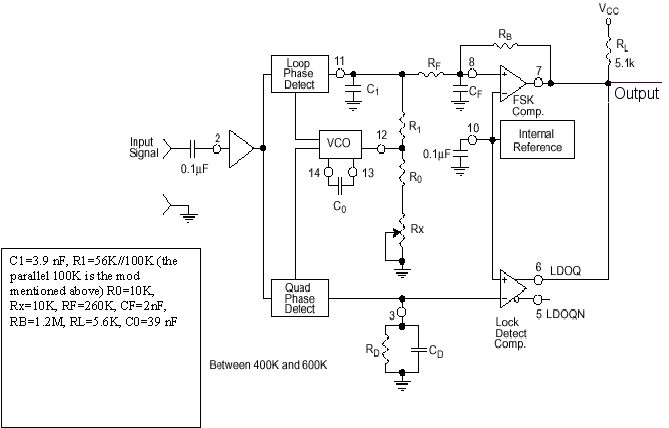 Figure 5 : AFSK Modulator
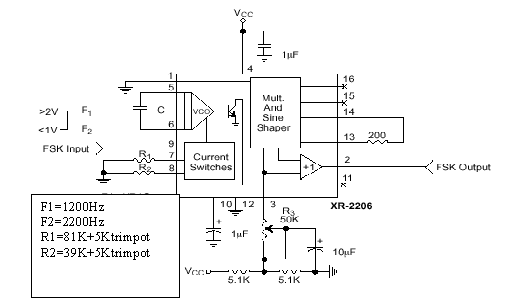 Figure 6 : AFSK Demodulator
A/V transmitter/receiver The radio gear used for the video link is a EME82 and an EME83 from Mark Kilmer of Mini-Kits. |
The term Aerobotics is © Copyright 1999, CTIE
|
© Copyright 1999 CTIE - All Rights Reserved - Caution
|